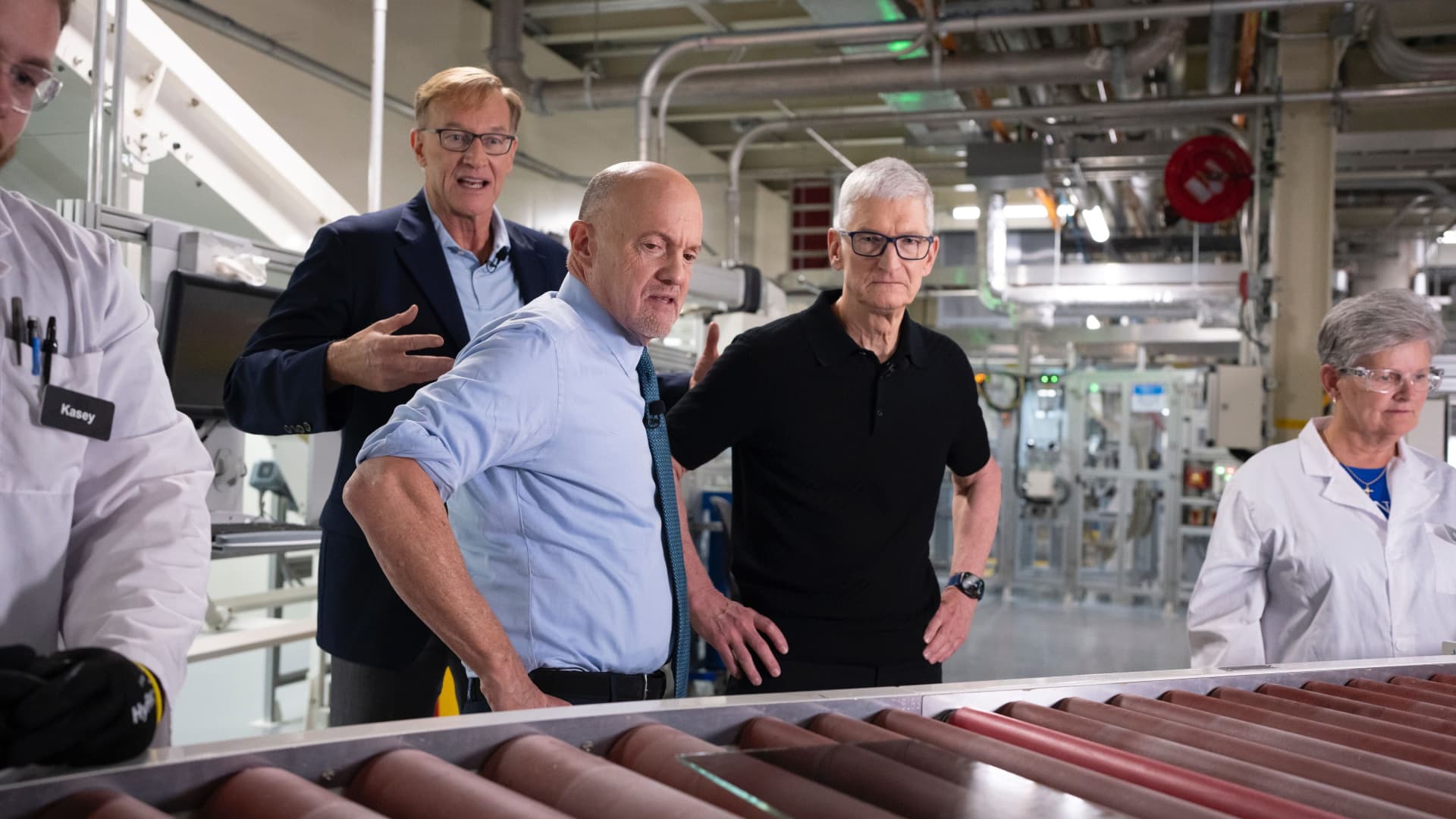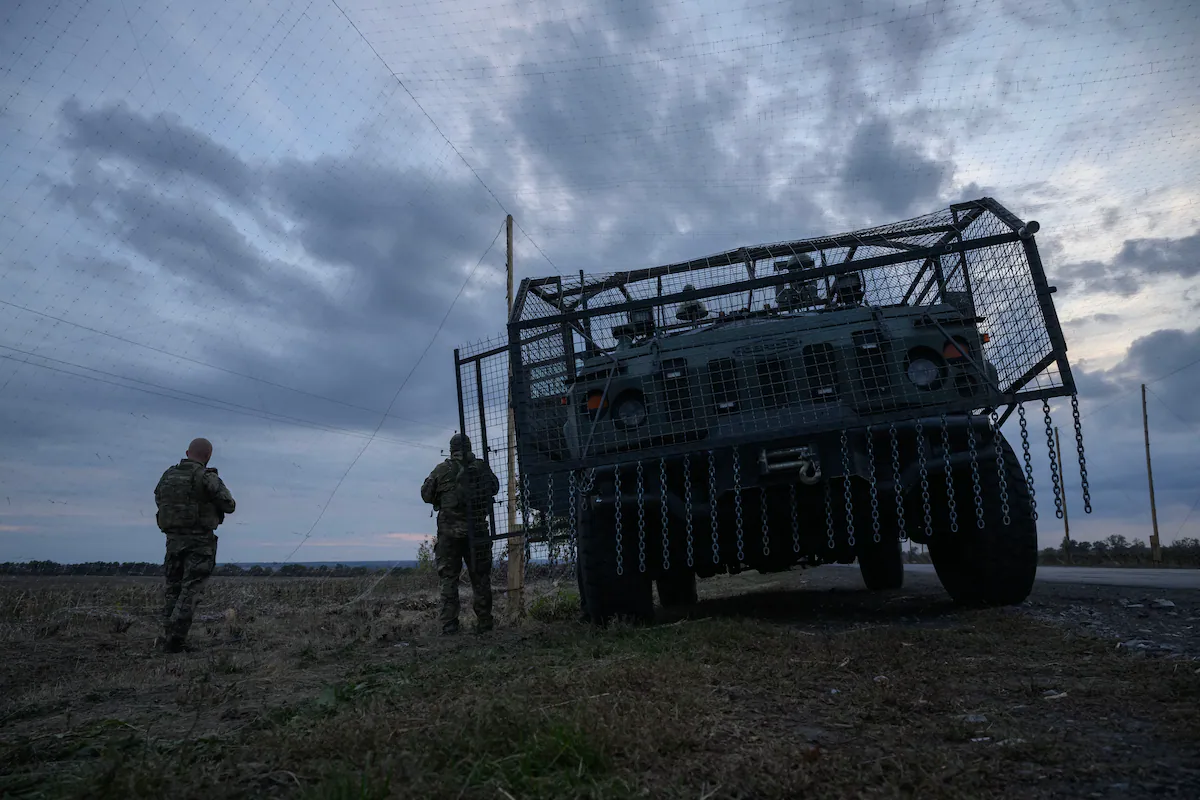Copyright Breaking Defense

Incorporating modeling and simulation as a routine part of training, experimentation, and new system design has given warfighters opportunities to train on more realistic scenarios than ever before. Now there’s another seismic shift underway as artificial intelligence (AI) is applied to modeling and simulation (M&S) capabilities – improving not only warfighter capabilities in the virtual battlespace but also refining actual systems like drones flying in real battlespace. This is creating the opportunity for companies like training system developer CAE and aerospace platform provider General Atomics to partner as they mature AI for M&S use cases. For example, AI and machine learning models and algorithms can ingest troves of data generated during simulations, which can be used to monitor M&S events for specific insights, identify trends, and provide lessons to take away. For CAE, which provides training to the US Air Force, Army, and Navy, that means its trainers can have a greater learning impact during and after a training event. For a company like General Atomics Aeronautical Systems, known for its Reaper drones and its recent work on Collaborative Combat Aircraft, that means giving its engineers more insights to hone their offerings to customers. For training, AI can populate a training scenario with automated computer-generated forces – something that’s been used in virtual trainers for at least two decades but is becoming more robust and realistic with the application of AI. Previously, if the military wanted to train a squad leader or a single member of an aircraft crew, it would need to have the right personnel on hand to fill out the rest of the squad or crew, as well as to serve as red forces, additional blue forces in other platforms, and more – all at great cost. Rather than just populating a virtual training scenario with simple background characters – akin to basic non-player characters in video games who behave in predictable, unchallenging ways – AI is becoming sophisticated enough to simulate a well-trained battle buddy or a thinking opponent. “The promise of AI is that I can use that to build models of behavior to serve as opponent forces and teammates at varying levels of complexity,” said Brian Stensrud, technical fellow for artificial intelligence at CAE USA Defense & Security. “Now I can train one operator or student with a far smaller footprint of entities, which saves time, it saves on logistics, and it certainly saves on dollars.” That makes AI-powered training a force-multiplier that can also scale to support more hours of training for more servicemembers. For a platform developer like General Atomics, having a more realistic simulated environment powered by AI means the company can test new capabilities in a realistic but simulated environment without the cost of actual flight testing and with the ability to run iteration after iteration as it refines the capability. The power of AI can sometimes be overhyped – but in this case it’s being applied in a way that iterates on trusted M&S technology. “AI/ML is ready; it’s here to stay,” said Anastacia MacAllister, technical director for autonomy and artificial intelligence at General Atomics. “We just need to make sure we’re using the right tool for the right job and ensuring that we understand the technology we’re using and the questions we’re asking it to answer. That way we can make sure we use it in an effective manner.” Finding value in training data One emerging application for AI in the training realm is embedded proficiency analysis. In tabletop wargames and in field exercises alike, the staff running the events are stretched thin, trying to keep the exercise on track so military personnel achieve their training objectives, while also trying to make observations, notate teachable moments, and create insights to send the trainees home with. Because of the workload, it’s not uncommon to see trainers end an event with canned lessons that don’t reflect the unique nature of the training exercise that just transpired. In response, CAE is working toward creating an “omnipresent” AI observer for training events that can catalog actions that happen as the training scenarios unfold, assess those actions, and provide the instructor with feedback for students. This AI tool would create “good, actionable intelligence” that could improve the proficiency of both the students and the instructor, according to Stensrud. This increasingly important factor for improving training, though, depends upon both the quantity and quality of data – something that CAE has en masse. For example, CAE could look at data across students on a training platform, or even across multiple training platforms, to find persistent proficiency issues on specific skills that would point to flaws with the curriculum or the instructors. If a high percentage of students are struggling with the same skill, was the curriculum rushed? Maybe an underlying skill was assumed but not taught. Using its machine learning algorithms, CAE can find such patterns in proficiency data. There is a caveat, though, about how such algorithms should be used. The key is fully understanding what the training mission is meant to accomplish and the nuances of the data. An example is telemetry data that CAE collects. An algorithm could try to determine how well students flew based on their speed, location, bank angle – but the first question should be, what was the mission objective in this training scenario? If that’s not reflected in the data then the telemetry data is without context and shouldn’t be used to judge whether a student flew well or not. As such, CAE works first to understand what kinds of questions it may want to answer about training performance before it collects the data to be ingested by AI/machine learning algorithms. “Building data-centric thought processes into organizations is important if they want to be able to use these tools effectively,” said MacAllister. “What we see is that people think that quantity equals quality, when it doesn’t. “Companies should instead treat data not necessarily as exhaust from our process, but should understand it as a resource that is going to drive the engine.” Good data combined with the appropriate AI/ML algorithms can let warfighters train with autonomy to develop the necessary tactics, techniques, and procedures prior to engaging in real-world operations. At the same time, that data can serve a dual purpose in improving the characteristics of aircraft forged in aluminum composite materials. With both opportunities, CAE and General Atomics can elevate warfighter skills and real-word capabilities to address today’s threat scenarios.



